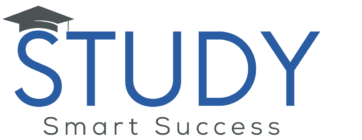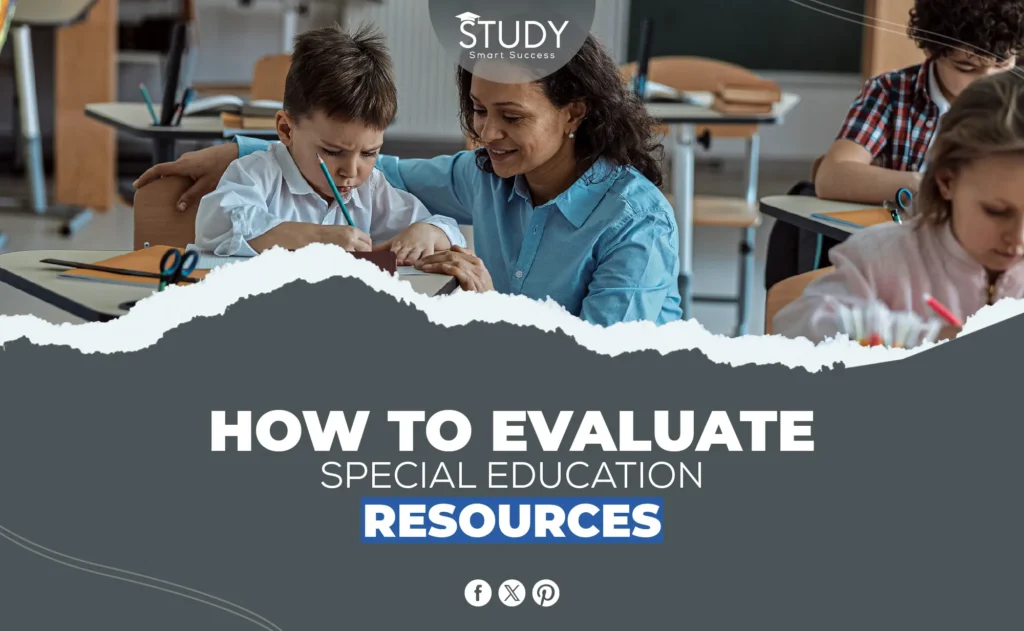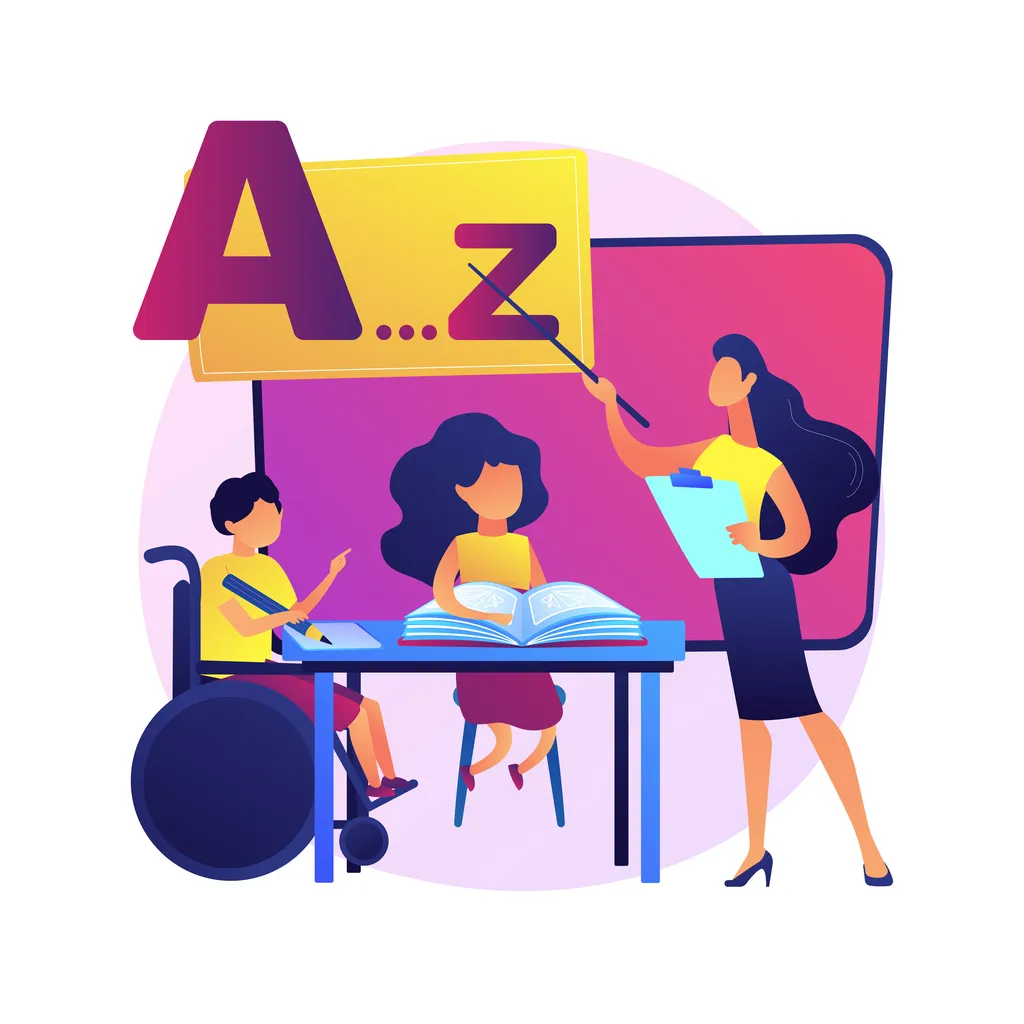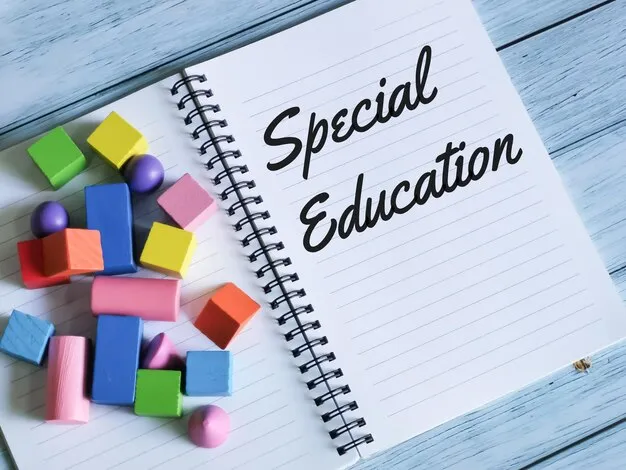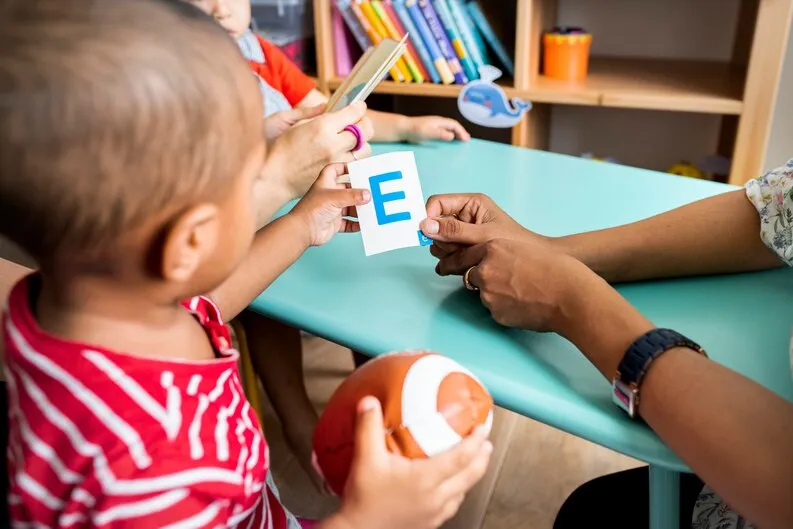Introduction
The field of special education resources makes it possible, to a significant extent, to provide proper education tailored to meet the requirements of each student’s situation. When it comes to providing effective support for children who have disabilities, having access to the necessary resources is essential. Nevertheless, selecting which resources for special education are the most helpful and appropriate can be challenging and time-consuming.
In this article, we will go over the most significant steps to be taken while evaluating resources for special education. This will ensure that instructors and parents can make informed decisions in their students and children’s best interests, which is the ultimate goal.
Understanding the Needs
The first and most important stage in conducting a successful resource evaluation for special education is understanding the requirements of children with disabilities. It requires analyzing the needs of each student to provide individualized assistance.
This process involves comprehensive assessments and considerations to ensure that the unique needs of each student are identified and addressed appropriately. Here are some key aspects to consider in this stage:
IEP, or Individualized Education Program:
Make Individualized Education Programs (IEPs) for each kid and review them with them. An IEP is a personalized plan that tells a school what benefits and educational goals a student with a disability needs.
Checking out and diagnosing:
Do thorough tests to determine what kind of disabilities each kid has and how bad they are. Special education teachers, psychologists, speech therapists, and other experts may need to consider this.
Help from parents and students:
Get parents and students involved to learn about the student’s skills, weaknesses, and preferences. This way of working together helps everyone get a better sense of what the child needs.
Types of Learning and Preferences:
Find out each person’s learning style and preferences so that you can make sure that your lessons and tools are a good fit for them. Some students might do better with visual aids, while others need hands-on tasks or help with their hearing.
Thoughts on Social and Emotional Matters:
Look at your social and mental needs and meet them. Many disabled students may have trouble with social interactions or controlling their emotions. Helping them with these things is very important for their general growth.
Teachers and special education teachers can make plans for each child that are focused and individualized by fully understanding the needs of children with disabilities. This lays the groundwork for a successful resource review and ensures that the right help and accommodations are made so that learning and growth can happen at their best.
Assessing Individual Student Needs
Before delving headfirst into the ocean of resources available for special education, conducting an individual needs analysis on each student is essential. Because no two disabled kids are the same, it is impossible to find a solution that will work for everyone. Please get to know each student and learn about the particular difficulties and opportunities they present. This may require consulting with professionals in the field of special education, like speech therapists, occupational therapists, or psychologists.
Researching Available Resources
It is essential to carry out a study on the numerous special education resources that are available to establish the proper strategies and instruments with which to assist children who have special needs. During this phase, we will research internet databases, local resources, and state-level initiatives to produce a comprehensive list of options for educators and parents.
Exploring Various Types of Resources
After determining the children’s requirements, the next important step is to investigate the resources available for special education. These resources include a wide variety of tools such as specialized educational materials, assistive technologies, and adaptable strategies. Instruments and programs for behavioral intervention and speech-and-language-based treatment are also essential components. Educators and parents may create an inclusive and productive learning environment for kids with disabilities by carefully considering the alternatives above, allowing individualized support to be tailored to specific students.
Online Databases and Repositories
Since the advent of the digital age, online databases and repositories have developed into vital resources for materials used in special education. Websites such as the National Center for Learning Disabilities and the Council for Exceptional Children make it simple to have access to a wide variety of information.
These resources include lesson plans, research articles, and innovative teaching techniques. The ability of educators and parents to stay informed and get helpful support for kids with disabilities is made possible by these platforms, which exemplify the potential of the internet to advance the cause of inclusion in educational settings.
Local and State Resources
Don’t forget about local or state resources when you’re thinking about special schooling. There are special education offices in many school districts that can help and give advice. They usually know what the area’s needs are and can give you advice that fits those needs.
Special education projects are often helped by funds and other programs offered by state education agencies. With help from the state and information from around the area, these tools can help disabled students get the best education possible. When making big choices for your students, think about these resources.
Assessing Quality
Evaluating the quality of the resources available for special education is of the utmost importance. It entails analyzing techniques that are supported by research and making certain that resources may be adapted to cater to the various requirements of students who have impairments.
Evaluating Resource Effectiveness
There is a wide range of quality among the available resources in special education. Therefore, it is necessary to evaluate the efficiency of each resource that is being taken into consideration. Give first consideration to methods and treatments that are supported by strong research evidence to guarantee that they meet the requirements of the pupils.
In addition, evaluations and testimonials written by teachers who have successfully implemented these tools in their classrooms can frequently provide illuminating information that can be used to make informed decisions. Because this method of evaluation considers many different aspects, it guarantees that only the tools that are the most helpful to students with disabilities will be chosen for further study.
Adaptability and Customization
One of the most important characteristics of a useful resource for special education is its adaptability to satisfy the various requirements and preferences of the students. It gives teachers the ability to customize their teaching methods and ensure that they are a perfect fit for the specific requirements of each student. The ability to accommodate the diverse learning styles exhibited by students who have impairments calls for a high degree of adaptability, which, in the long run, will result in a more efficient and individualized educational experience.
Budget Considerations
Analyzing Costs
Because the expenses of the resources used in special education cover such a broad range, it is essential to achieve a balance between addressing the children’s demands and remaining within the restrictions of the budget. The most important thing is prioritizing cost-effective alternatives that do not compromise efficacy. Find resources that provide the best return on investment possible, so that you can be sure that every dollar you spend makes a significant contribution to the education and support of students who have disabilities.
Grants and Funding Opportunities
It is a good idea to explore the world of grants and other sources of funding if you want to give your special education projects a boost. There are a great number of organizations and charities that have established grants with the express purpose of enhancing special education programs and providing vital resources. Through the exploration of these paths, educational institutions and teachers have the potential to get access to significant financial support that can improve the educational opportunities and resources accessible to children who have impairments.
Ongoing Professional Development
In special education, teachers must keep up with new studies, strategies, and best practices through ongoing professional development. This helps students with disabilities in the long run. Teachers can provide the best help and interventions if they go to workshops, conferences, and training sessions.
Continuous Learning
The field of special education is always expanding, both in terms of research and the resources that are made available. It is essential to maintain one’s knowledge of recent developments to provide appropriate support for students with impairments. The most important thing is to commit to continued professional development. Participate in training sessions, workshops, and conferences that are centered on special education to ensure that you are armed with the most up-to-date information and ways to address the varying needs of your kids.
Conclusion
To sum up, it is important to look at the special education tools to help disabled kids in the best way possible. First, you need to know what each student needs and study the available resources right now, paying close attention to quality and how much they cost. You can give even more support by looking into grants and investing in lasting professional growth. Finally, these efforts help make the classroom a more welcoming and active place to learn, making sure that every disabled student has the chance to learn and reach their educational goals.
FAQs (Frequently Asked Questions)
Q1: What are some common types of special education resources?
Assistive technology, specific instructional materials, and tactics adapted to an individual student’s need are common types of resources used in special education.
Q2: How can I find online special education resources?
There are online tools for special education that you can find on sites like the National Center for Learning Disabilities and the Council for Exceptional Children.
Q3: Are there grants available to support special education initiatives?
A wide variety of organizations and foundations indeed offer grants with the express purpose of enhancing special education programs and providing additional resources.
Q4: Why is it important to assess the effectiveness of special education resources?
Evaluating the usefulness of resources guarantees that you will put your money towards resources, such as tools and methods, that will genuinely help students who have impairments.
Q5: What role does ongoing professional development play in special education?
Teachers who participate in ongoing professional development are better able to keep abreast of the most recent findings of research and the most effective methods of instruction in the field of special education, which ultimately benefits the children.
